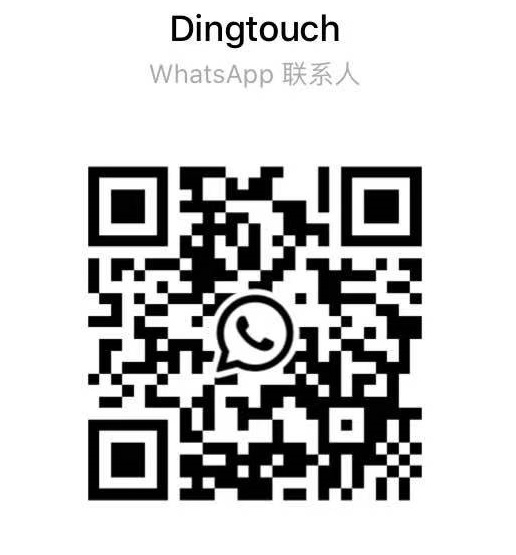News
Can The Android Screen Use A Resistive Touch?
Can The Android Screen Use A Resistive Touch?
Content Menu
● Understanding Resistive touchscreen Technology
>> How Resistive touchscreen Work
● Advantages of Resistive touchscreen
● Disadvantages of Resistive touchscreen
● Compatibility with Android Devices
● Applications of Resistive touchscreen in Android Devices
● The Future of Resistive Touch Technology
>> 1. What is the main difference between resistive and capacitive touchscreen?
>> 2. Can I use a stylus with a resistive touchscreen?
>> 3. Are resistive touchscreen suitable for outdoor use?
>> 4. How long do resistive touchscreen last?
>> 5. Do resistive touchscreen support multi-touch?
In the world of touchscreen technology, resistive touchscreen have played a significant role, particularly in applications where durability and versatility are paramount. As we explore the feasibility of using resistive touch technology in Android devices, we will delve into how this technology works, its advantages and disadvantages, and its compatibility with Android systems.
Understanding Resistive touchscreen Technology
Resistive touchscreen consist of two flexible layers coated with a resistive material, separated by a small gap. When pressure is applied to the top layer, it makes contact with the bottom layer, registering a touch input. This technology relies on pressure rather than electrical conductivity, allowing it to be operated with various objects, including fingers (with gloves), styluses, or even pens.
How Resistive touchscreen Work
1. Construction: A resistive touchscreen typically comprises two layers:
- Top Layer: A flexible plastic film that deforms under pressure.
- Bottom Layer: A rigid glass or hard plastic layer that contains a resistive coating.
2. Touch Detection: When pressure is applied to the top layer, it touches the bottom layer at the point of contact, creating an electrical signal that is interpreted by the device as a specific location on the screen.
3. Signal Processing: The device's controller processes this signal and translates it into digital data that corresponds to the user's input.
Advantages of Resistive touchscreen
- Durability: Resistive touchscreen are more resistant to scratches and can withstand rough handling compared to capacitive screens.
- Compatibility with Various Inputs: They can be operated using fingers (even gloved), styluses, or any pointed object, making them versatile for different environments.
- Cost-Effectiveness: Generally cheaper to manufacture than capacitive screens, making them ideal for budget-sensitive applications.
- Insensitivity to Environmental Factors: They do not respond to accidental inputs from water spills or lightweight debris, making them suitable for rugged environments.
- High Precision: Resistive touchscreens can offer high precision in input detection, which is particularly useful in applications requiring fine control.
Disadvantages of Resistive touchscreen
- Limited Multi-Touch Capability: Traditional resistive screen typically support only single-touch input. This limitation means they cannot handle gestures like pinch-to-zoom commonly found in modern smartphones.
- Lower Sensitivity: They require more pressure to register a touch compared to capacitive screens, which can lead to user fatigue during prolonged use.
- Reduced Visibility: The multiple layers in resistive screens can cause glare and reduce visibility in bright light conditions.
- Vulnerability to Damage: While durable against scratches, resistive screen can be prone to wear over time due to their flexible nature.
Compatibility with Android Devices
Resistive touchscreen can be integrated into Android devices; however, there are some considerations:
1. Operating System Compatibility: Android supports various input methods, including those from resistive screens. This compatibility allows developers to create applications that function well with resistive touch technology.
2. Hardware Limitations: While many Android devices primarily use capacitive screens today due to their sensitivity and multi-touch capabilities, certain industrial or specialized devices still utilize resistive technology for specific applications.
3. User Experience: The experience on a resistive touchscreen may differ significantly from that on a capacitive screen. Users may need to apply more pressure and may miss out on multi-touch functionalities.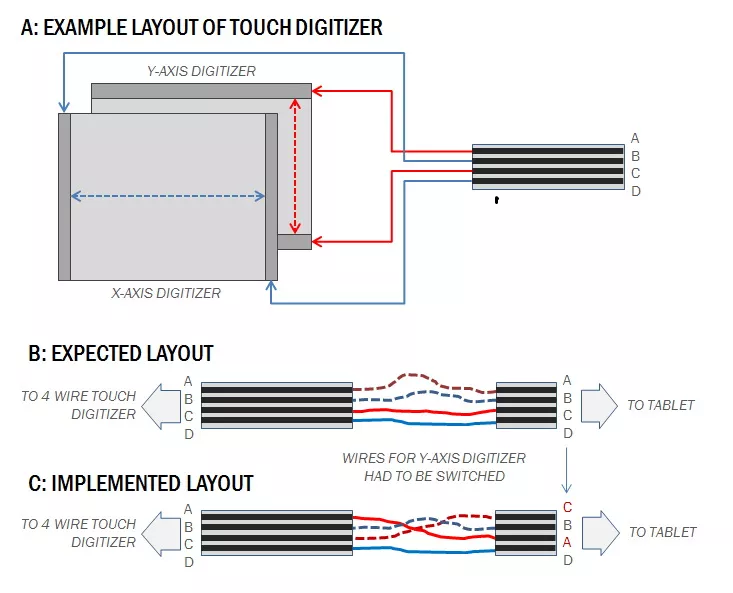
Applications of Resistive touchscreen in Android Devices
Resistive touchscreen are commonly used in various industries where durability and precision are essential:
- Industrial Equipment: Used in control panels and machinery interfaces where users may be wearing gloves or working in harsh environments.
- Medical Devices: Often found in patient monitoring systems where precise control is required without the need for direct skin contact.
- Point-of-Sale Systems: Retail environments utilize these screen for transactions where users may encounter wet conditions or need to wear gloves.
- Automotive Displays: Some vehicles use resistive touchscreen for infotainment systems due to their ability to function effectively regardless of environmental conditions such as rain or snow.
- Consumer Electronics: Although less common today, some handheld devices and gaming consoles have utilized resistive technology for specific functionalities requiring precise input.
The Future of Resistive Touch Technology
As technology continues to evolve, the future of resistive touchscreen appears promising despite the dominance of capacitive technology in consumer electronics. Innovations in materials science may lead to advancements that enhance the performance characteristics of resistive screens while retaining their inherent advantages:
1. Hybrid Technologies: Future developments may see hybrid systems that combine both capacitive and resistive technologies. Such systems could offer users the benefits of both worlds—sensitivity along with versatility in input methods.
2. Improved Sensitivity and Multi-Touch Capabilities: Research into new materials could lead to more sensitive resistive touchscreens capable of supporting multi-touch gestures without compromising durability.
3. Integration with Wearable Technology: As wearable devices become more prevalent, there is potential for resistive technology to find applications in smartwatches and fitness trackers where precise input is required under various conditions.
4. Enhanced Durability Features: Innovations aimed at increasing durability—such as self-healing materials—could make resistive touchscreens even more appealing for rugged applications.
5. Cost Reductions through Advanced Manufacturing Techniques: As manufacturing processes improve and scale up, the cost-effectiveness of producing high-quality resistive touchscreen may increase further, making them viable options for a wider range of devices.
Conclusion
In conclusion, while resistive touch technology is less common in mainstream consumer devices like smartphones due to its limitations compared to capacitive technology, it remains relevant in specific applications where durability and versatility are critical. Android devices can indeed utilize resistive touchscreens effectively; however, users should be aware of the differences in sensitivity and functionality compared to capacitive counterparts.
As technology continues to evolve, it is likely that we will see innovations that enhance the capabilities of resistive touchscreens while maintaining their inherent advantages. The adaptability of this technology ensures that it will continue to find its place across various industries and applications well into the future.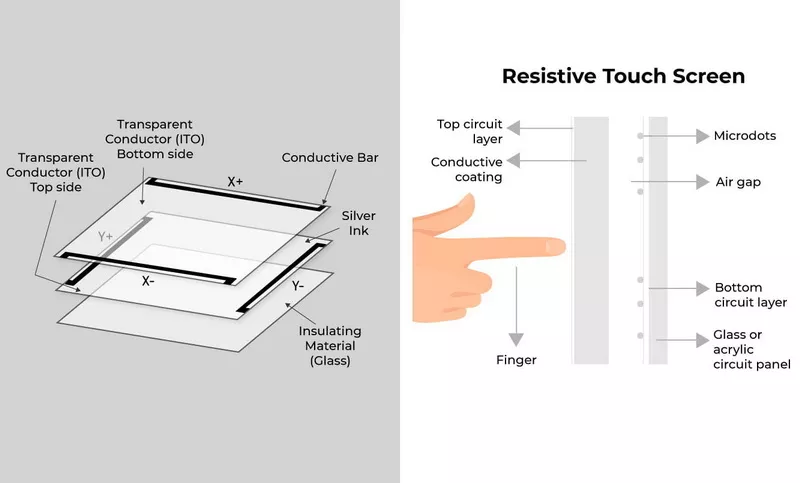
Frequently Asked Questions
1. What is the main difference between resistive and capacitive touchscreen?
Resistive touchscreen rely on pressure applied to the screen to register inputs, while capacitive screens detect changes in electrical fields caused by conductive materials like human skin.
2. Can I use a stylus with a resistive touchscreen?
Yes! Unlike capacitive screen that require conductive inputs like fingers or specialized styluses, resistive screens can be operated with any pointed object or stylus.
3. Are resistive touchscreen suitable for outdoor use?
Yes! They are less affected by sunlight glare compared to capacitive screen and can function well in various weather conditions.
4. How long do resistive touchscreen last?
High-quality resistive touchscreen devices can endure over 200,000 touches before showing significant wear.
5. Do resistive touchscreen support multi-touch?
Traditional resistive touchscreen typically do not support multi-touch; however, some modern variants have begun incorporating this feature depending on design specifications.
DINGTouch :Committed to continuous innovation and improvement of product quality to meet customers' high requirements and expectations.
DINGTouch is a manufacturer that provides high quality touch screen panels. Focus on the design, manufacturing and sales of touch screen panels, and are committed to providing customized solutions that satisfy customers.
DINGTouch: In the process of customizing touch screen panels, we focus on close cooperation and communication with customers. Understanding customers' needs and providing customized solutions will meet customers' individual needs. The company's products are favored by customers for their high quality and reliability, and provide them with the best Touchscreen panel solutions.
At DINGTOUCH, we are the world's leading touchscreen manufacturer, helping businesses around the world take advantage of this exciting technology. For more information, please visit the home page now.
Find the DINGTouch technical team to achieve the success of your company's new project.
How to choose touch screen customization?
DINGTouch is a company specializing in the R&D and production of touch screen technology, headquartered in Shenzhen, China. As a professional touch screen supplier, DINGTouch is committed to providing high-quality, stable and reliable touch screen products to meet the diverse needs of customers. We continue to carry out technological innovation and product optimization to ensure that its touch screen products have good sensitivity, accuracy and durability.
In addition to the products themselves, we also focus on cooperation and communication with customers, and are committed to providing customized solutions and excellent after-sales services. Through continuous efforts to improve product quality and customer satisfaction, we have established a good reputation in the touchscreen industry and won widespread market recognition.
What DINGTOUCH can do:
• PCAP maximum size 65”
• Multi-touch (Touch screen can be customized to your needs.)
• Optical bonding service/air bonding
• LCD interface: HDMI/RGB/MIPI/LVDS/EDP, etc.
• PCAP interface: IIC/USB interface
• CTP can customize the cover glass surface treatment process AG (anti-glare), AR (anti-reflection), AF (anti-fingerprint), waterproof, and glove touch
• Supports 0.55 mm-12 mm coverslip touch.
• Support operating temperature: -40℃-90℃.
Dingtouch Industrial Capacitive Touch Screen Manufacturer
In conclusion, Dingtouch as a professional touch screen manufacturer with more than 10 years touch screen experience.We have many capacitive touch screen. Such as5 inch touch screen,7 inch touch screen,10.1inch touch screen,15 inch touch screen,15.6 inch touch screen,17 inch touch screen,18.5 inch touch screen,19 inch touch screen,21.5 inch touch screen,32 inch touch screen, However, we also welcome to customize your own touch screen . Contact our team today to learn what capacitive touch screen are best for our retail business needs.
Contact us NOW! sales@szdingtouch.com

CATEGORIES
CONTACT US
Contact: Dingtouch
Phone: +8615815536116
Tel: +8615815536116
Email: sales@szdingtouch.com
Add: Building A, Bailu Plaza, No. 48, Gonghe Industrial Road, Gongle Community, Xixiang Street, Baoan District, Shenzhen,China. 518126
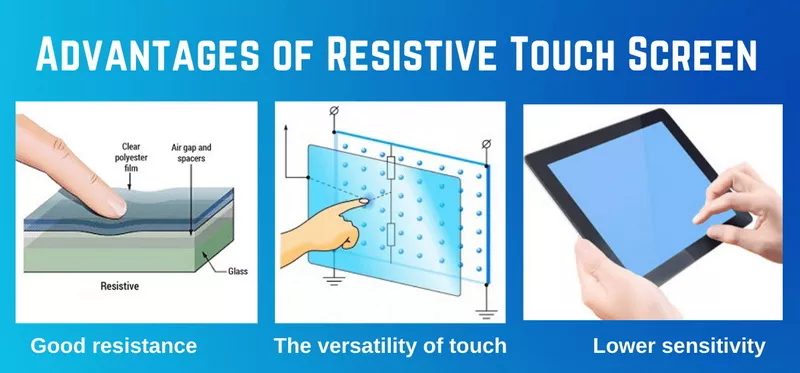
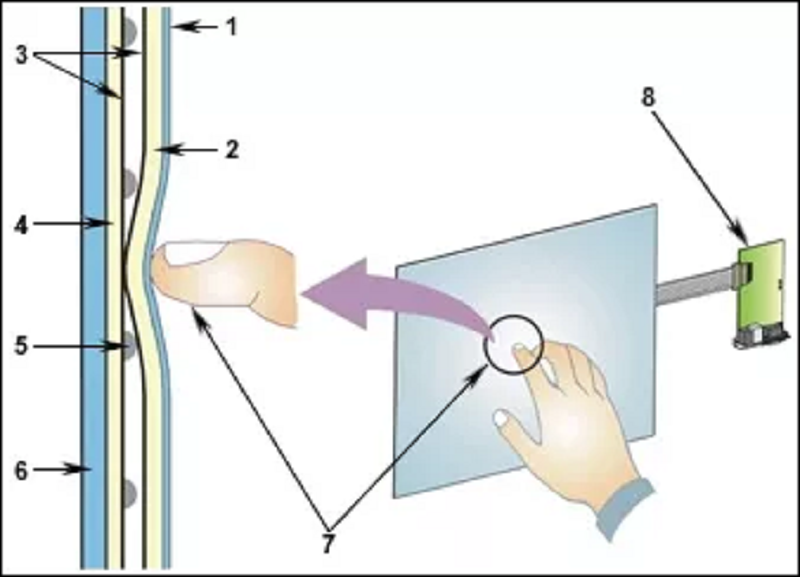




 Dingtouch
Dingtouch